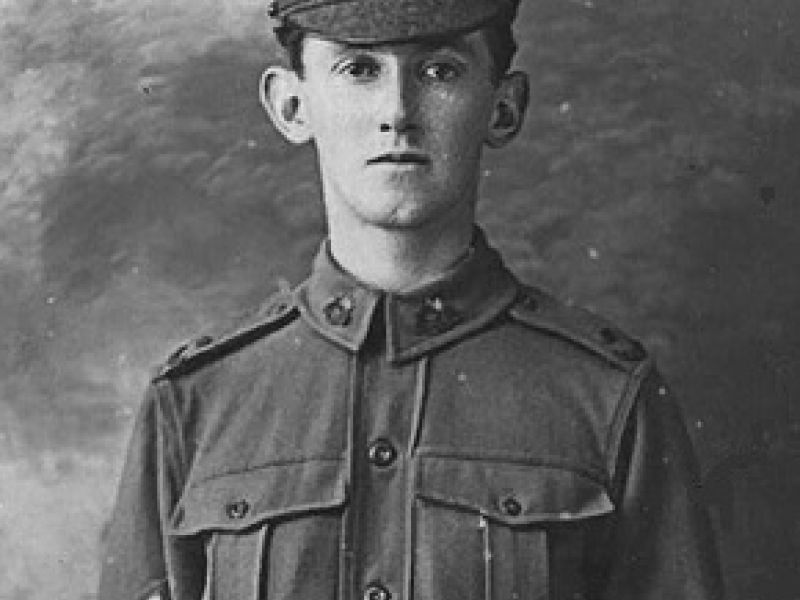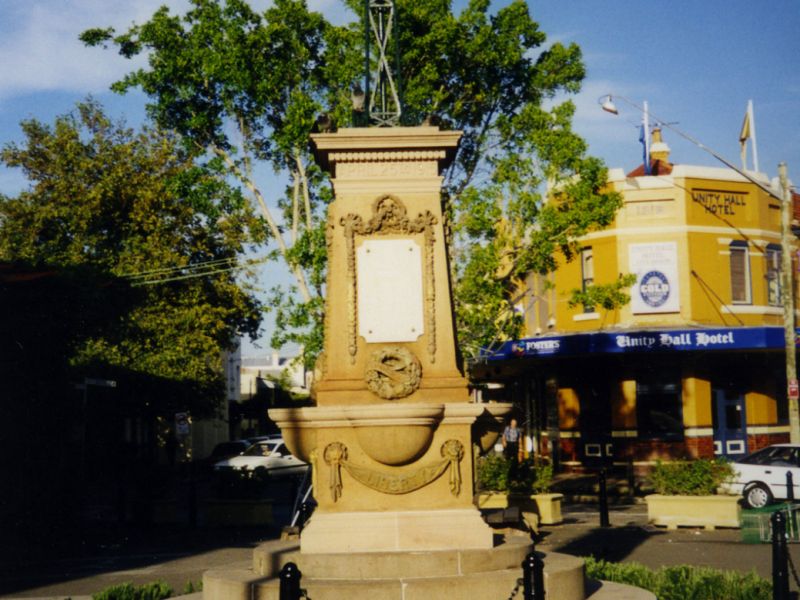Second Lieutenant Harold William Wilthew, 31st Battalion, AIF
Harold William Wilthew was born in 1893, one of three children to William and Mary of Balmain, Sydney. When his parents temporarily moved to New Zealand, Harold became very close with his older sister, Ethel.
Harold became a champion sprinter in cycling, winning the Eastern Suburbs Championship in 1913 and competing in the 48-hour cycling team at Sydney Showground. Well known in the Australian cycling community, he moved to Yeppoon in Queensland and raced with the Queensland Cycling Union.
Harold Wilthew enlisted in the Australian Imperial Force at Rockhampton in July 1915, and after training at Enoggera on the outskirts of Brisbane, was sent to Broadmeadows Camp near Melbourne, to join the newly raised 31st Battalion.
Promoted to corporal, Harold embarked for Egypt in November, and spent the following months training near Cairo in preparation for the battalion’s transfer to the fighting on the Western Front.
Harold’s leadership skills were recognised by his superiors, and he was promoted, first to sergeant, then to company quartermaster sergeant, before the battalion sailed for France in June 1916.
After just two weeks in France, the 31st Battalion took part in the AIF’s first major action on the Western Front. On 19-20 July 1916, the battalion was in the Australian 5th Division’s costly and unsuccessful action at Fromelles which resulted in 5,500 casualties in less than 24 hours.
Harold survived the action unscathed but wrote home afterwards describing “a rather severe action” that “lasted for 18 hours. We remained in the trenches for [a further] 18 days with practically no sleep … I did pretty well during the days of fighting and was complimented on my work by our colonel and general.”
Harold’s leadership abilities were again recognised by his superiors in August 1916 when he was commissioned as second lieutenant.
Harold remained in the Fromelles area until November, when the battalion was transferred to the Somme. Here the Australians held the line near the villages of Flers and Gueudecourt during the coldest winter in Europe for 40 years. There were few attacks made during this bleak and miserable period, and the mud, rain and frostbite proved to be far greater enemies than the German army.
The Germans did, however, continue to shell the Australian positions throughout their time in the Flers sector.
On 4 November 1916, during what was otherwise a relatively quiet time for the Australians, a gas shell landed in an Australian communication trench near a position known as Factory Corner, collapsing a dugout which was sheltering a number of B Company officers and NCOs.
Among the men recovered from the debris was Harold Wilthew, who had been killed instantly.
He was buried at a makeshift cemetery near Factory Corner. After the war, his body was reinterred at the AIF Burial Ground Cemetery near the village of Flers, where he rests today.
He was 23 years old.
Aaron Pegram, Historian, Military History Section
- Australian War Memorial https://www.awm.gov.au/collection/AWM2017.1.217

 Australian War Memorial
Australian War Memorial